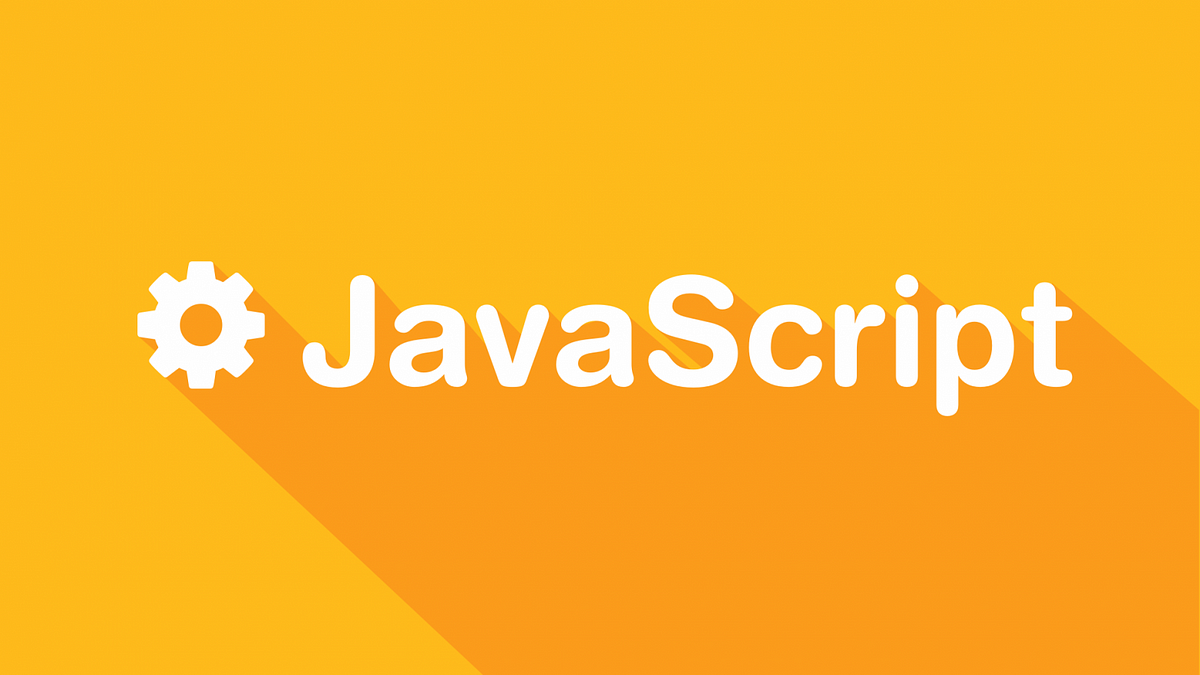Introduction:
JavaScript is a fundamental programming language that powers much of the interactive content you encounter on the web. From dynamic websites to web applications, JavaScript adds functionality and interactivity, making the web experience more engaging for users. If you're new to programming or looking to dive into web development, understanding JavaScript is a crucial step. In this beginner's guide, we'll explore the basics of JavaScript, its syntax, and how you can start writing your own JavaScript code.
What is JavaScript?
JavaScript, often abbreviated as JS, is a high-level, interpreted programming language primarily used for adding interactivity to web pages. Unlike HTML (Hypertext Markup Language) and CSS (Cascading Style Sheets), which focus on the structure and style of web content, respectively, JavaScript enables dynamic behavior within web pages. It allows you to manipulate HTML and CSS, handle user interactions, and communicate with web servers asynchronously.
Basic Syntax:
JavaScript syntax is similar to other programming languages like Java and C, making it relatively easy to learn for beginners. Here are some basic syntax rules:
1. Variables: Variables are used to store data values. You can declare a variable using the var, let, or const keywords. For example:
var message = "Hello, world!";
let count = 10;
const pi = 3.14;
2. Data Types: JavaScript supports various data types, including strings, numbers, Booleans, arrays, objects, and more.
3. Functions: Functions are blocks of reusable code that perform a specific task. You can define functions using the function keyword. For example:
function greet(name) {
return "Hello, " + name + "!";
}
4. Conditional Statements: JavaScript provides if, else if, and else statements for executing code based on specific conditions.
5. Loops: You can use for loops, while loops, and do-while loops to execute code repeatedly.
Getting Started:
To start writing JavaScript code, all you need is a text editor and a web browser. You can create a new HTML file and add <script> tags to include JavaScript code within your HTML document. Here's a simple example:
<!DOCTYPE html>
<html lang="en">
<head>
<meta charset="UTF-8">
<meta name="viewport" content="width=device-width, initial-scale=1.0">
<title>My First JavaScript Page</title>
</head>
<body>
<h1>JavaScript Demo</h1>
<script>
// JavaScript code goes here
var message = "Hello, world!";
document.write(message);
</script>
</body>
</html>
Save this code as index.html and open it in your web browser. You should see "Hello, world!" displayed on the page, indicating that your JavaScript code executed successfully.
Conclusion:
JavaScript is a powerful and versatile programming language that forms the backbone of interactive web development. By understanding its basic syntax and principles, you can begin creating dynamic and engaging web experiences. As you continue your journey with JavaScript, explore its advanced features, libraries, and frameworks to unlock its full potential in web development. Happy coding!



